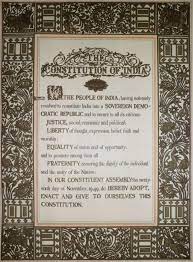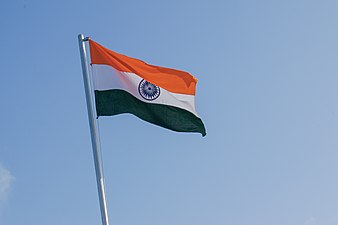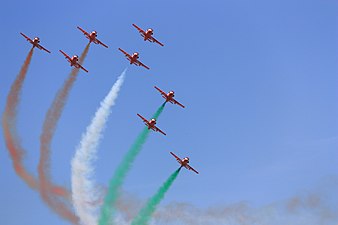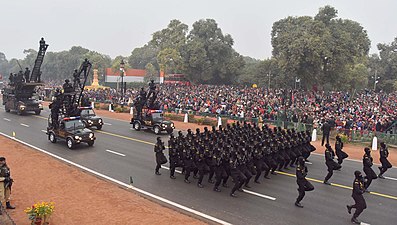
India achieved independence from the British Raj on 15 August 1947 following the success of the Indian independence movement. The independence came through the Indian Independence Act 1947 (10 & 11 Geo 6 c 30), an Act of the Parliament of the United Kingdom that partitioned British India into the two new independent Dominions of the British Commonwealth (later Commonwealth of Nations).India became a constitutional monarchy with George VI as head of state and the Earl Mountbatten as governor-general. The country, though, did not yet have a permanent constitution; instead its laws were based on the modified colonial Government of India Act 1935. On 29 August 1947, a resolution was moved for the appointment of a Drafting Committee, which was appointed to draft a permanent constitution, with Dr B R Ambedkar as chairman. A draft constitution was prepared by the committee and submitted to the Constituent Assembly on 4 November 1947.The Assembly met for 166 days in public sessions spanning two years, 11 months, and 17 days before adopting the Constitution. The 308 members of the Assembly signed two handwritten copies of the document (one in Hindi and one in English) on 24 January 1950, after much deliberation and some changes. Two days later, 26 January 1950, it came into effect throughout the whole nation. While India's Independence Day celebrates its freedom from British Rule, the Republic Day celebrates the coming into force of its constitution. On that day, Dr Rajendra Prasad began his first term of office as President of the Indian Union. The Constituent Assembly became the Parliament of India under the transitional provisions of the new Constitution. On November 25, 1949, in his final speech to the Constituent Assembly, Dr Ambedkar remarked about the potential and pitfalls of life after January 26, 1950.



